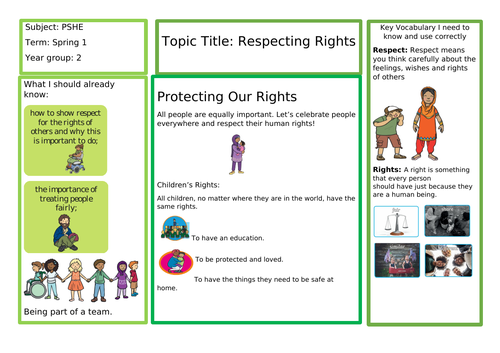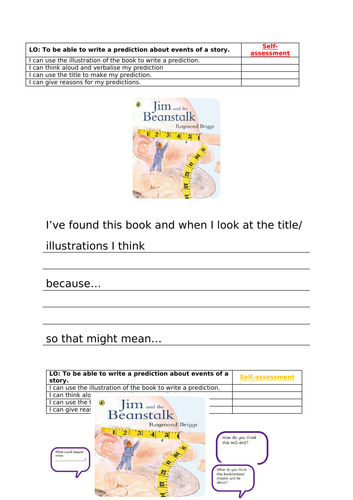Primary Teacher's Shop
Welcome to my shop! As a dedicated teacher with over a 10 years of experience, I strive to provide fellow educators with a wide range of resources, mostly free of charge. Your support is greatly appreciated and motivates me to create even more materials. Please feel free to share your suggestions in the comments—I’d love to know what resources you’re looking for! Together, we can make teaching even more rewarding.





















